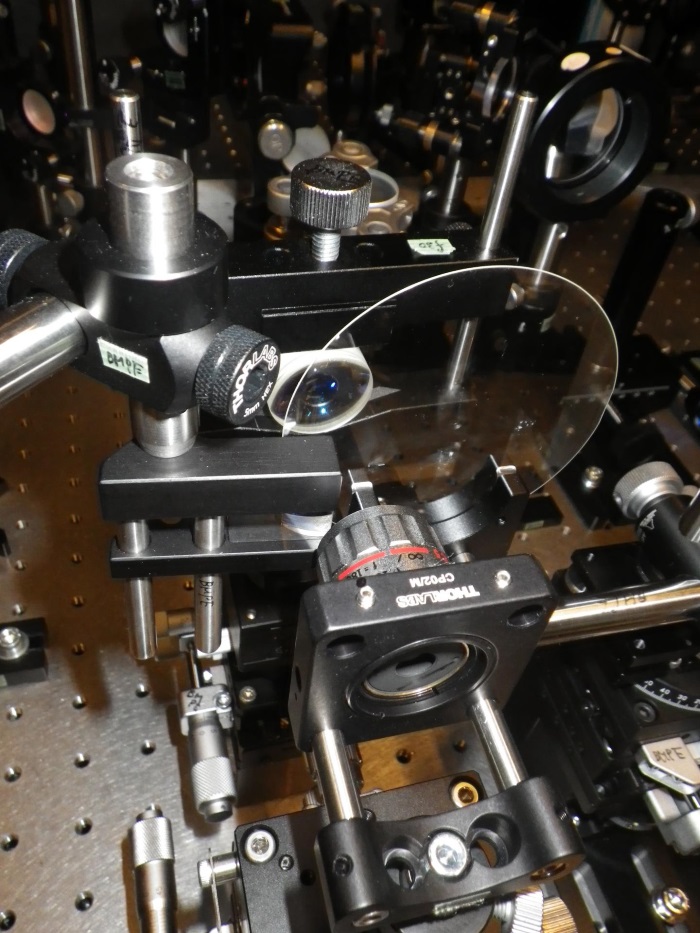Did you know that when a crystal lattice is excited by a laser pulse, waves of bumping atoms travel through the material at approximately 28,000 miles per second?
It’s an incredible effect, and something that scientists have now figured into a new camera in order to take movies of superfast movement in a single shot.

The superfast camera was developed by researchers from Japan — technically speaking, it can record events at a rate of more than 1-trillion-frames-per-second.
Regarding what’s presently on the market, that’s a speed more than one thousand times faster than conventional high-speed cameras.
The camera is referred to as STAMP, which is short for Sequentially Timed All-optical Mapping Photography. Per Keiichi Nakagawa, a research fellow at the University of Tokyo, who worked to develop the camera with colleagues from various Japanese research institutions, the device “. . . holds great promise for studying a diverse range of previously unexplored complex ultrafast phenomena.”
One of the limits of today’s high-speed cameras is the processing speed of their mechanical and electrical components. STAMP is able to overcome these limitations using fast, optical components.
Specifically, the thing STAMP largely relies on is a property of light called dispersion, which can be seen when a misty sky splits the sunshine into a rainbow of colors. STAMP splits an ultrashort pulse of light into a collection of different colored flashes that hit the imaged object in rapid-fire succession. Each color flash (daughter pulse) can then be analyzed to string together a moving picture of what the object looks like over the period of time with which it took the dispersed light pulse to travel through the device.
In August 2014, the first iteration of STAMP was able to take six frames in a single shot. Currently, the improved STAMP system can acquire 25 sequential images. Nakagawa believes the number of images could be increased to 100 using current technology.
There is one minor limitation with STAMP — Nakagawa explains that since STAMP operates on the assumption that all the differently colored daughter pulses interact with the imaged object in the same way, the camera shouldn’t be used to image samples whose optical properties change over the range of wavelengths STAMP uses.
Regardless, there’s a ton of potential for this technology. Nakagawa and his team have already used it with imaging electronic motion and lattice vibrations in a crystal of lithium niobate, and to observe how a laser focused on to a glass plate creates a hot, quickly expanding plume of plasma. Other uses, according to Nakagawa, include exploring ultra-fast phenomena for the first time; things like the laser ignition of fusion, the phase transition of materials, and the dynamics of a Coulomb explosion.
“I think it is important to note that there might be many potential applications of STAMP that I have not imagined,” Nakagawa said. “I hope more researchers will become interested in STAMP.”
Nakagawa, along with members of his team, will give a presentation on the technology, entitled “Motion Picture Femtophotography with Sequentially Timed All-optical Mapping Photography,” on Tuesday, May 12 at the Conference on Lasers and Electro-Optics in San Jose, California.
Advertisement
Learn more about Electronic Products Magazine





